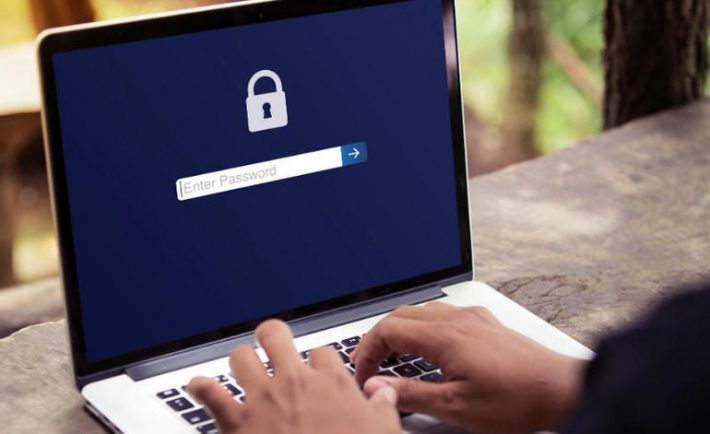 60% of companies experienced insider attacks in the last year
60% of companies experienced insider attacks in the last year
Generally, when you think of threats to your IT security, you imagine hackers and trying to keep the cybercriminals out of the system. The problem is if those criminals that you’re trying to keep out actually are authorized users for those IT systems, how does a company detect insider threats? Internal threats are a very real thing and are becoming much more common.
The loss accrued by a company due to crimes or security breaches by those on the inside can be great, mostly due to the fact that these are the people who know exactly where to find what they’re looking for in the way of financial accounts or any type of intellectual property and how to get around any kind of security measures that exist.
Preventing Insider Incidents
This cannot be just an IT expert battle to engage in even though technology plays a large part in enabling and stopping internal infractions. The entire organization needs to make an effort to detect insider threats and remediate those threats to the benefit of the organization.
- Implement risk assessments. The company needs to take an organization-wide look at the data security, assessing what are the critical assets and then make a definitive risk management strategy that will serve as protection against inside and outside threats.
- Security awareness training. Security policies and procedures exist within each organization and employees should be mindful of what those are and understand each. They need to know that they exist for good reason, that they will be enforced, and what consequences result from infractions.
- Least privilege. Only authorized users for the actual resources that they need to specifically perform their particular job. There should be no credentialing outside of their specific category and no authorizations are given when they’re not warranted.
- Institute strict password and management of account practices. If the company’s computer accounts have the ability to be compromised, insiders are given the chance to circumvent automated and manual mechanisms that have been put in place to prevent the attacks.
- Monitor online actions. By logging and monitoring and auditing employees’ online actions, a company has the chance to recognize and investigate suspect internal activity before more serious actions take place.
- Remote attacks. The internal users seem to feel much more confident and less inhibited when there is little fear of scrutiny by their coworkers, in turn, making it necessary that remote access procedures and policies need to be created and implemented with care.
- Disruptive behavior. Aside from just monitoring the online activities, companies need to oversee other suspects or unusual behavior by their employees inside the workplace and there should be policies and procedures in line for employees to report this type of thing with management taking immediate action.
- Deactivate access when let go. When an employee leaves or is let go in either favorable or not favorable conditions, all employee access to physical locations, systems, networks, applications, and any data, should be disabled immediately.
While the company acts in order to mitigate an internal threat, clear documentation is going to assist in having fewer gaps for the attack, a much better understanding by the employees, and fewer misconceptions that the employer is acting in any type of way discriminatory.





